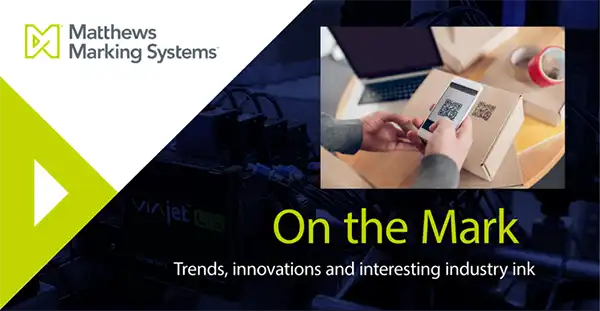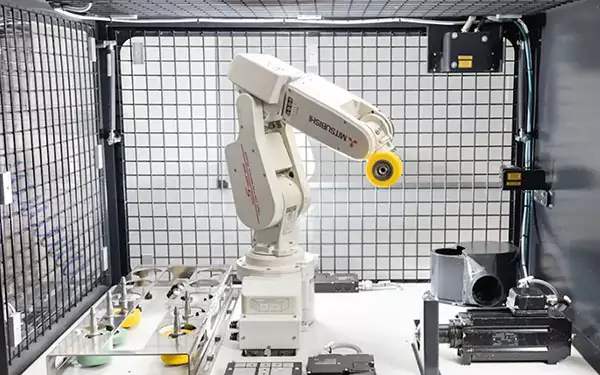2D barcodes poised to revolutionize retail, machine vision breakthroughs, and overcoming CPG workforce challenges
Catching up on interesting news and innovations in production, packaging and more

QR-style 2D barcodes will revolutionize retail as we know it
During the pandemic, consumers got used to one kind of 2D barcode – the QR code – as the gateway to restaurant menus. But the 2D barcode is about to get a whole lot more ubiquitous, as it will soon replace the lowly UPC barcode on retail packaging everywhere. The 2D barcode will still be scannable to determine a product’s price at checkout, but it will also contain a plethora of information helpful to consumers, like recipes on food products, washing instructions on garments, source information about the materials or the factory where the product was made, sell-by dates, or even coupons. As well, the 2D barcode will be a boon to traceability and food safety by enabling stores to be able to respond immediately to product recalls. And as the world turns to AI and robotics, the machine readability of 2D barcodes will greatly improve inventory control and food safety. One interesting current example is the use of on-demand discounting in Japan for foods nearing expiration. Source: axios.com.
CPGs talk workforce challenges
At a recent PMMI event, CPGs discussed the workforce challenges they face as continued fallout from the pandemic – namely, high employee turnover, burnout, labor shortages, and prolonged skills gaps. One solution that rose to the top was to leverage deep partnerships with OEMs. For example, OEMs and CPGs can work together to develop new approaches to operator training. CPGs believe that OEMs must simplify training and material to support more rapid releases and to be more accessible to users. Rather than relying on classroom trainings that remove employees from the production line, CPGs could shift to micro-learning sessions as short as 30 to 60 seconds delivered in the flow of work. Another idea is for OEMs and CPGs to partner up front when customizing a production line by creating a fully integrated line from start to palletization. For one company, this strategy led to a decrease in staff needed and a jump in productivity from 40 pallets per shift to 238. Source: oemmagazine.com.
Top industrial machine vision applications

Machine vision technologies are advancing rapidly, quickly improving machine tasks like palletizing operations and robot applications. Flaw detection is one example where machine vision systems have far exceeded the reliability of human inspectors. Now, with the advent of AI, machine vision systems are dramatically faster and more accurate, even recognizing when something is “off” without requiring an image. For example, frozen food company Apetito is using AI-powered machine vision to ensure that missing components of its food can be detected – and so far, tests have shown 100% accuracy. AI-powered machine vision is also being used to make robots faster and more precise. Source: automationworld.com.
Plastics will maintain dominance as protective packaging material of choice, study says
Plastics account for 71% of the global protective packaging industry and are projected to grow 4% per year through 2027 – that’s according to the Global Protective Packaging study conducted by the Freedonia Group, a division of MarketResearch. Two drivers of this growth are the rise in ecommerce order fulfillment and the increase in the shipping of breakable items, such as electronics requiring protective packaging like air pillows and molded foams. That said, paper packaging is also growing moderately. Consumer demand for sustainable packaging has led to a fast uptick in biodegradable and compostable materials. Although environmental concerns about packaging are driving more sustainable solutions, plastic protective packaging remains because of its crush and moisture resistance and its ability to prevent leakage during transportation. In short, plastics aren’t going away anytime soon. Source: packagingdigest.com.
